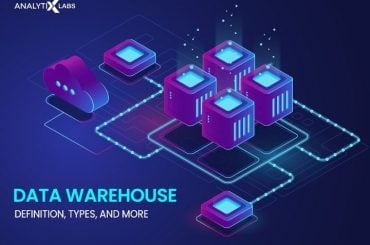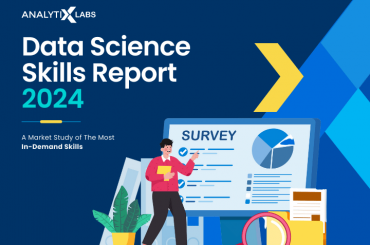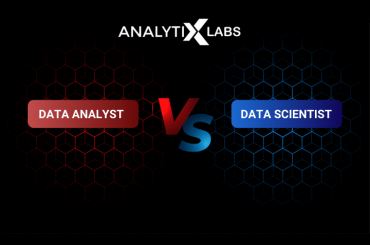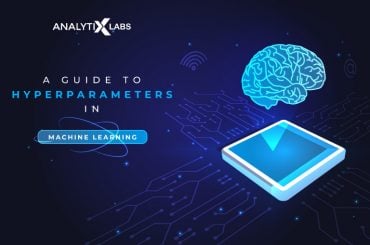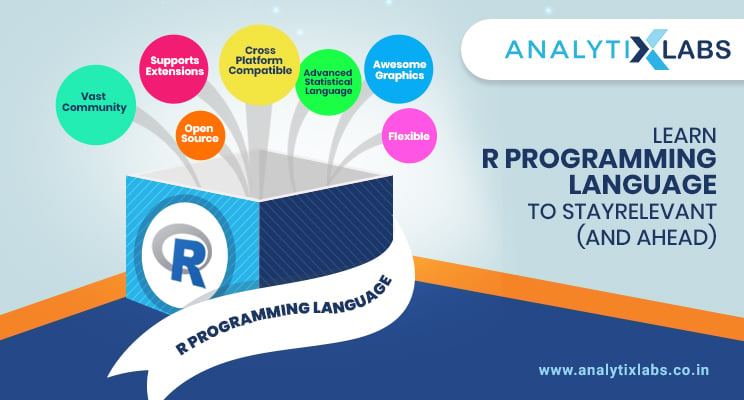
R is one of the main programming languages you must learn when learning data science and its related technologies and tools. A data science R course is essential because its application differs from its immediate contemporary tool, SAS. Unlike SAS, the R environment is well-designed to suit software facilities. It is often used for data manipulation, graphical representation, and clustering purposes.
A data science R course will align you with the recursive functions of the R programming language. It is said to be the best way to learn R. Another prominent reason scientists encourage to learn R for data science is that this tool is relatively new in IT analytics and programming. This means the opportunities for exploring and implementing this tool are in galleons. Lastly, R is entirely open-sourced, which makes it a winner for data enthusiasts.
The advantages of doing a data science R course do not end here. Infact, this is only the starting. An open-source tool with a vibrant community has been attracting data enthusiasts for multiple other reasons that we will discuss now.
About R
R is among the most popular languages which scientists use today in the field of Data Science. It was created by Robert Gentleman and Ross Ihaka in New Zealand in the 1990s. Most of the time, the R programming language is used for statistical computing. It is an open-source, object-oriented programming language; hence all operations take action around objects.
R programming language gives an ecosystem of packages having collections of built-in tools and functions available for many specific tasks. Visualization, statistical analysis, data manipulation, machine learning, and more are covered in R packages. The syntax of R is very expressive and concise; hence it allows efficient data analysis.
Why Learn R – Benefits of R course
To give you a brief, here are a few of the reasons why this course is so popular:
- Open source
- Vast community
- Cross-platform compatible
- Advanced statistical language
- Flexible
- Supports extensions
- Relates to other languages easily
- Awesome graphics
In a data science r course, you will gain the optimum knowledge of representing data through rich visuals like graphs and charts. This feature makes R surpass all other statistical and graphical packages. R has no license restrictions, offering ample scope to explore and learn in real time. R has over 4800 packages; its environment belongs to multiple repositories with niche specializations like data mining, bioinformatics, spatial analysis, and econometrics.
Another benefit of doing a data science R course lies in the mere simplicity of using this tool. R is a programming language that is more like a user-run software. Anyone can provide code enhancements as and when required. If you learn R for data science, you can test your programming skills against a broader horizon. The community is vibrant, and you get high-end answers to all your queries. While self-learning is excellent, a course will give you all the touch points to implement your learning immediately.
R is compatible across all platforms, OS, and hardware. The functional clarity remains consistent across all systems and OS. Additionally, learning R can help you take your data-learning experience to the next level. This is so because R works great with other analytics tools like SPSS, MYSQL, and SAS. This feature is undoubtedly a pointer to why a data science R course should be your next target.
Is learning R difficult?
Learning R can be challenging, depending on your prior programming and statistical principles knowledge. Many freshers ponder the thought of how to learn R. You should know that R may create a learning curve for those new to programming. Its data structures, syntax, and programming principles may differ from those in other languages.
According to several learners, R is a strong and adaptable language for data analysis, visualization, and statistical modeling. R has a sizable and vibrant community with many online tutorials, learning materials, and documentation. R can be successfully learned with the correct resources, commitment, and practice.
Different Tips to Learn R
People who have just begun learning its language often have the question ”How to learn R”. Learning R can be a strenuous task at the start, but here, we bring you some quick tips to help you learn this language.
Knowing Fundamentals: To learn R programming language, you must start by becoming familiar with R’s foundational concepts, such as data types, syntax, and core operations. Learn how to conduct fundamental operations such as arithmetic and logical operations, generate matrices, vectors, and data frames, and assign values to variables.
Practice with real-world datasets: R is a robust data analysis tool, so put everything you’ve learned into practice by using real-world datasets. Perform fundamental data analysis operations like summary statistics and exploratory data analysis (EDA) by importing data into R, cleaning it up, and manipulating it.
Learn R packages: R has a robust package ecosystem that expands its capability. Learn how to use well-known R packages for statistical analysis (such as stats), data visualization (such as ggplot2), and data manipulation (such as dplyr). Explore the manuals and examples package authors provide while learning how to set up and load R packages.
Study tutorials to learn R online: There are a ton of tutorials, programs, and examples to learn R online. Utilize these resources to strengthen your grasp of R principles and approaches while gaining practical experience. Write R code on your own, and try out different authoring styles. After studying the theory, experimenting with tutorials and examples is the next best way to learn R.
Test out several datasets and projects: To increase your exposure to multiple data structures, formats, and analytic methodologies, practice working with several dataset types from various fields. Try your hand at projects like statistical modeling, data visualization, or machine learning to learn how to use R in multiple situations.
Reviewing and debugging code: To identify flaws or problems, check and debug your R code regularly. Find out how to use R’s built-in debugger and other tools to locate and correct issues in your code. This will assist you in honing your coding abilities and preventing typical blunders.
Stay up to date with the R ecosystem: R is a language that is continually evolving, and its ecosystem of packages, tools, and methods is expanding at a rapid rate. You can keep up with the most recent advances in the R community by monitoring R-related reading blogs, websites, or forums and attending R conferences or meetings. It will help you keep current and continue to develop your R abilities if you stay up to date with new developments.
Learning can never have an end. Learning about your industry and job profile can keep you on track professionally. If you want to excel with data, you should learn R programming language. It can help you have a smooth transition from beginner to pro data scientist.
Talk to us if you have any doubts. You can go back to our previous blogs to know where to begin, how to start, and why. If there is anything you did not find an answer to… we are a message away.

